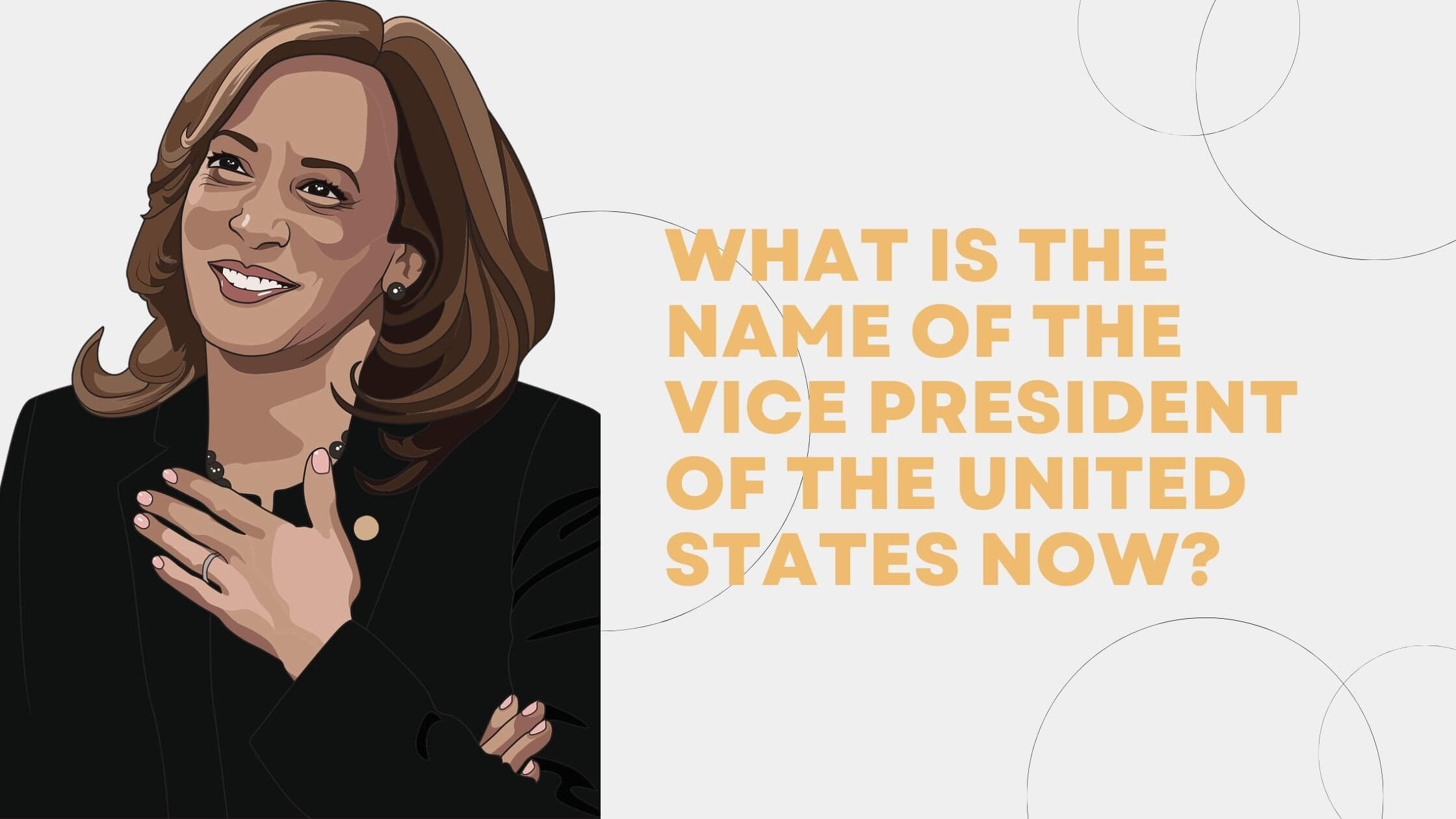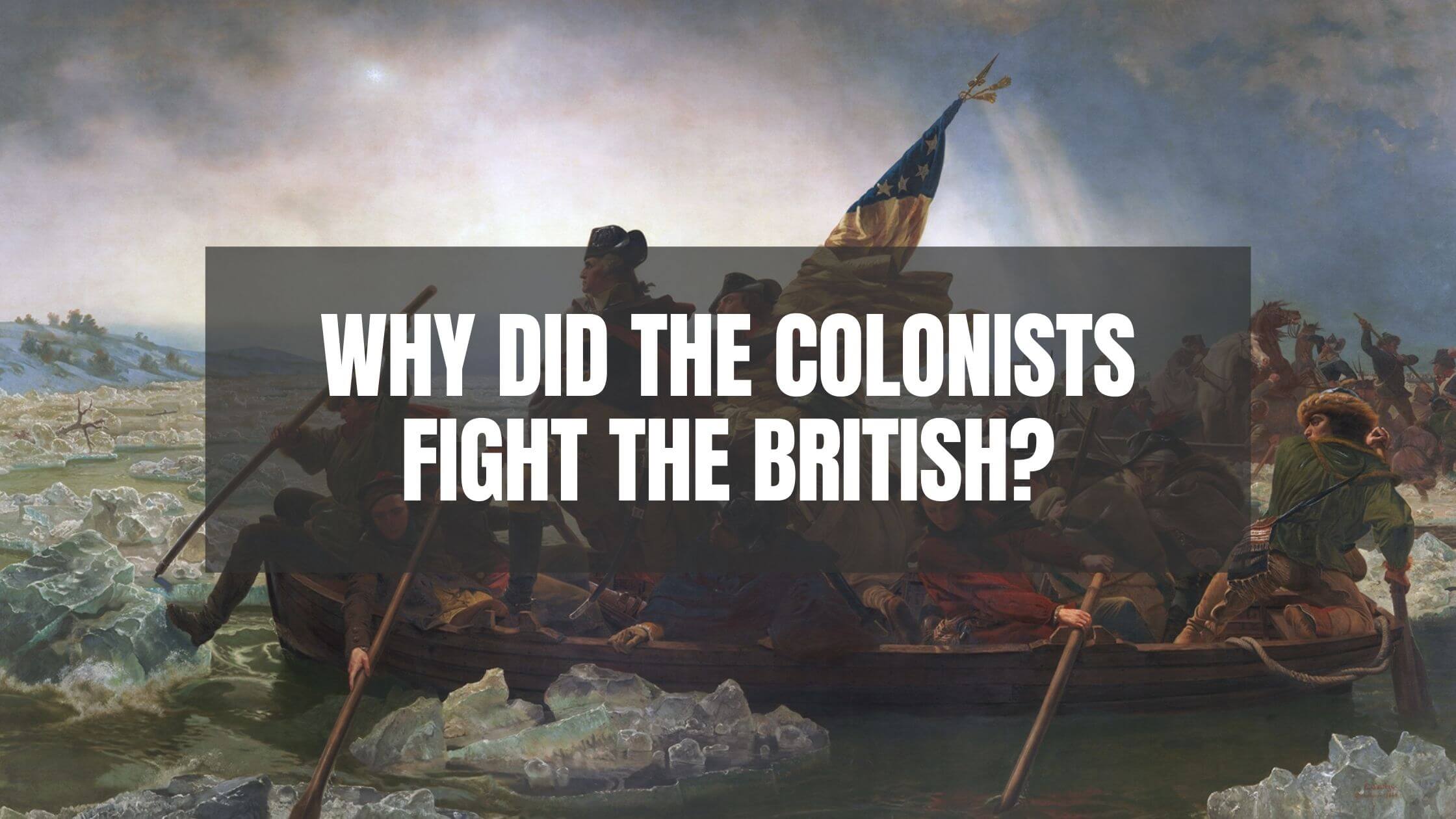Table of Contents
ToggleGeorge Washington – The father of the United States
George Washington is one of the most famous and accomplished men in the country’s history. He fought in the Revolutionary War, including the climactic Battle of Yorktown.
Washington attended the first Continental Congress, the second Continental Congress, and the Constitutional Convention.
Drafting of the US Constitution
He helped draft the Constitution and played a key role in creating the structure of the American government.
First US President
George Washington was unanimously elected as the first President of the United States with his opponent John Adams becoming the first vice president.
Washington’s Formative Years
The first president was born in 1732, the first of his parents’ six children. He came from a wealthy family, who amassed a fortune from growing tobacco and buying and selling land.
From his first job, at 15, as a surveyor, his ambition for success was evident.
Colonial Military Career
Before the American Revolution, Washington fought in the French and Indian War of 1754-1763.
He tasted defeat in one of his earliest battles but showed such courage and strength of character subsequently, that the faith and respect of his peers was restored.

Get Smarter on US News, History, and the Constitution
Join the thousands of fellow patriots who rely on our 5-minute newsletter to stay informed on the key events and trends that shaped our nation's past and continue to shape its present.
Washington led his men in many battles. On one occasion, he came close to death when bullets pierced his clothing, while his horse was shot beneath him.
Early Political Career
After the war, Washington married a wealthy woman named Martha Dandridge Custis and set about enriching his already large estate.
He entered politics and became a representative for Virginia.
However, he was not destined to lead a simple and peaceful life. The colonists and the British failed to reach a compromise on a number of disputes, and the two sides would soon go to war.
Great Britain reacted to rebellious acts by introducing punitive laws, which tested the limits of the colonists’ tolerance.
The Quartering Act of 1765 for example, required colonists to provide housing, food, and supplies to British soldiers stationed in their vicinity.
The American Revolution
Washington began the war with relatively poorly trained but resolute troops, who faced a professional army. The war went on for several exhausting years, and he witnessed many of his men die in battle, from disease, and even starvation.
However, Washington’s determination would not waiver.
Washington was involved in many Revolutionary War battles and events, including:
- The Siege of Boston
- The invasion of Quebec (an attempt to take control of Quebec and then convince the French colony to side against the British)
- The crossing of the Delaware (where Washington crossed the Delaware River for a night attack against the British Hessians)
- The battles of Brandywine, Germantown, and Saratoga, where he was defeated twice and then succeeded once against a new British invasion
- The winter in Valley Forge, where many people died from the severe cold and lack of food
- Numerous battles during a later Southern campaign
- The siege and battle of Yorktown, where Washington won the last significant land battle of the war
Britain’s Defeat
In 1781, the British realized that they could not win the war. Their defeat by Washington’s forces at Yorktown was severe enough that it was no longer possible for them to regain control of the colonies.
The French Navy’s triumph at the Battle of the Chesapeake at around the same time also made the war seem like a lost cause. With dwindling public support for war in the Americas, the British and the United States signed the Treaty of Paris recognizing the United States in 1783.
The First President
Washington had intended to leave political life and become a gentleman farmer after the war. However, he attended the Constitutional Convention and impressed the attendants with his knowledge and leadership.
Realizing that he could realistically win if he ran for president, he seized the opportunity. Following a successful campaign, he was inaugurated as the first United States president in New York and worked from there as well as in Philadelphia.
Decisions in Office
By this time, political parties were forming, and Washington had to pick a side in political disputes. The government was splitting into two separate factions, one of which advocated a strong central government (Federalists), while the other vehemently opposed that proposal (Anti-Federalists).
Washington chose to create a national bank, a controversial decision that arguably gave too much power to the national government.
The argument supporting the national bank was that it was necessary to defend the country in any future war.
Washington also put down the Whiskey Rebellion, where grain farmers revolted against whiskey taxes.
He chose John Jay as the first Chief Justice of the Supreme Court, Thomas Jefferson as the inaugural Secretary of State, and Alexander Hamilton as the maiden Secretary of the Treasury. Washington also made Thanksgiving an official national holiday.
Changes During Washington’s Presidency
George Washington played a key role in defining the structure of the United States government. The constitution refers to a legislative branch, executive branch, judicial branch, Supreme Court, and other parts of the government but does not detail how each should function.
Washington’s government determined how the House, Senate, courts, and president’s Cabinet should operate.
During his second term in office, Washington ensured America remained neutral in the 1793 war between Britain and France. Five new states were added to the Union during his time in office, and the Bill of Rights passed.
Washington also signed Jay’s Treaty, which prevented war with Britain, and the Treaty of Tripoli, which gained access to shipping within the Mediterranean, as well as a third treaty with Spain.
Washington Retires
Following his second term, Washington retired for fear that he might die in office, setting a poor example to future presidents.
There was no term limit at the time, and Washington did not want to create the impression that the position of president was for life. Today, he is buried at the Mount Vernon estate where he retired.











